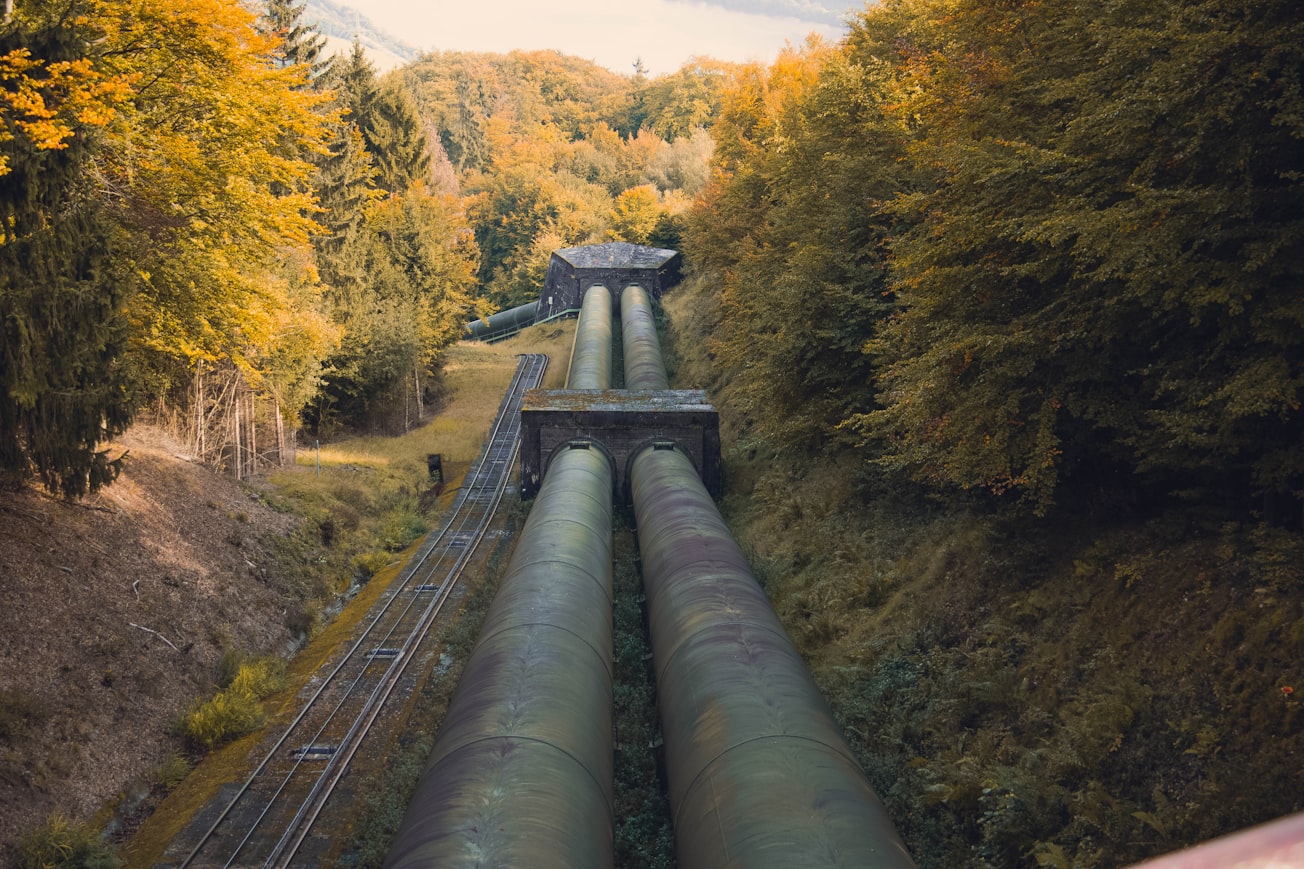What is it about?
A stationary model for gas flow in a non-cycled pipeline network is studied. In particular the problem of the feasibility of a random load vector is analyzed. Feasibility in this context means the existence of a flow vector meeting these loads, which satisfies the physical conservation laws with box constraints for the pressure. An important aspect of the model is the support of compressor stations, which counteract the pressure loss caused by friction in the pipes. The network is assumed to have only one influx node; all other nodes are efflux nodes. With these assumptions the set of feasible loads can be characterized analytically. In addition we show the existence of optimal solutions for some optimization problems with probabilistic constraints. A numerical example based on real data completes this paper.
Featured Image

Photo by Quinten de Graaf on Unsplash
Why is it important?
Since the gas flow in pipeline networks is driven by compressor stations, it is essential to allow for compressors in the analysis of the operation of gas networks. The probabilistic constraints allow to prescribe the probability that the state constraints hold explicitly as a model parameter.
Perspectives
Meanwhile, together with Rüdiger Schultz we have shown a result about the star-shapedness of the feasible set in the paper Convexity and starshapedness of feasible sets in stationary flow networks, Networks & Heterogeneous Media, doi: 10.3934/nhm.2020008. This implies that in the implementation of the sperical radial decomposition along each ray only feasible intervals appear, not sets of a more complicated structure. In future studies, we want to use the results as a starting point for the study of instationary models.
Martin Gugat
Friedrich-Alexander-Universitat Erlangen-Nurnberg
Read the Original
This page is a summary of: Stationary Gas Networks with Compressor Control and Random Loads: Optimization with Probabilistic Constraints, Mathematical Problems in Engineering, September 2018, Hindawi Publishing Corporation,
DOI: 10.1155/2018/7984079.
You can read the full text:
Resources
Contributors
The following have contributed to this page







